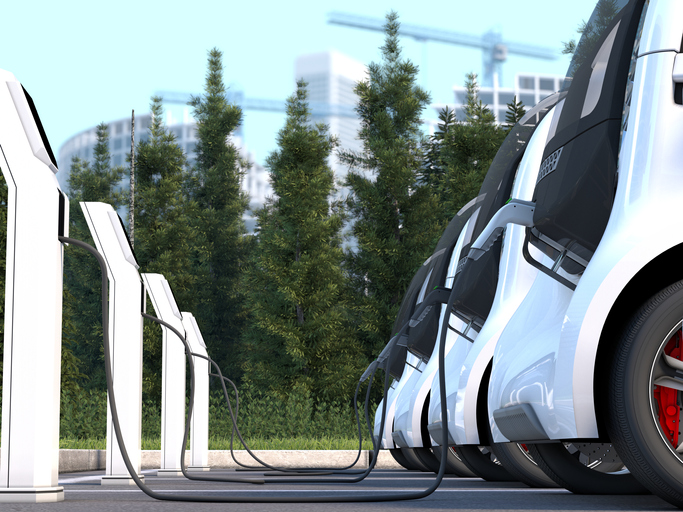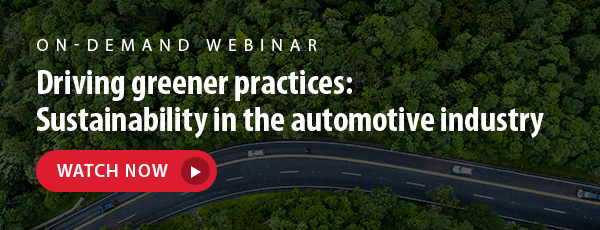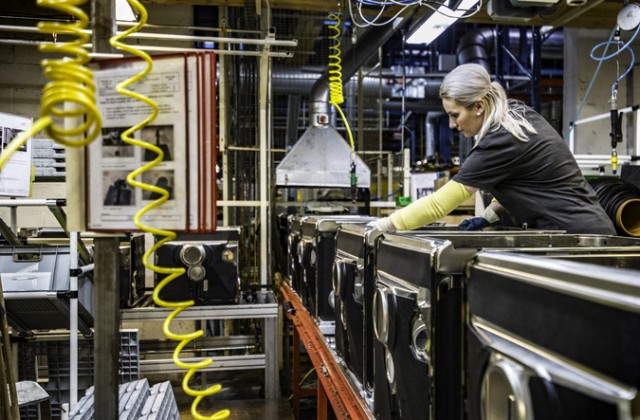 Sustainability in the automotive industry is nothing new. In fact, while many of us recall the increasing omnipresence of the Toyota Prius in the mid-2000s as the ushering in of a new type of vehicle, the first electric vehicle (EV) was actually developed back in the 1860s in Scotland. But recently, the drive for original equipment manufacturers (OEMs) to adopt more sustainable practices and put forth more environmentally friendly product offerings has increased.
Sustainability in the automotive industry is nothing new. In fact, while many of us recall the increasing omnipresence of the Toyota Prius in the mid-2000s as the ushering in of a new type of vehicle, the first electric vehicle (EV) was actually developed back in the 1860s in Scotland. But recently, the drive for original equipment manufacturers (OEMs) to adopt more sustainable practices and put forth more environmentally friendly product offerings has increased.
Why this shift in recent years? And what impact will it have on your supply chain?
Increased regulations
Government regulations and incentive programs are a major accelerator in pushing production and adoption of electric vehicles across the industry and globe. In 1970, the U.S. passed the Clean Air Act, giving the Environmental Protection Agency the legal authority to regulate pollution levels from cars and other transportation modes. However, regulations in the U.S. haven’t advanced much since then.
More recently, Europe has been creating the more ambitious targets for emission reduction, particularly for CO2 emissions. In 2013, the European Union adopted the Clean Air Policy Package, including a Clean Air Program for Europe setting objectives for 2020 and 2030. The 2020 enforcement caused many OEMs to spend 2019 ensuring they could meet compliance levels.
Changing buyer preferences
Millennials and Gen Z are becoming even bigger parts of the buyer segment, as they’ll make up 64 percent of the world’s total population in the 2020 calendar year . With more buying power in their hands, organizations are re-evaluating their strategies to meet their preferences. A 2018 McKinsey study cited “ethics” as a key tenet of Gen Z’s buying decisions. Sustainability no doubt plays a role in their purchase choices and drives them more toward electric vehicles. However, that’s assuming that they’ll purchase a vehicle at all: these generations also rely heavily on ride-hailing and ride-sharing apps and may have a preference for electric vehicles. The ride-sharing model may also decrease the biggest barrier to entry for making the shift to electric: cost.
The supply chain impact
Moving to electric powertrain engines will have a major impact on the complexity of supplier relations, ensuring commitment to emissions reduction across the end-to-end supply chain. The shift will also impact aftermarket sales and subsequently parts suppliers.
As we’ve addressed, regulations have significantly increased over the last few decades. And while a blurb in an annual report or a statement on your website may have sufficed in the past, that’s no longer the case. Governments are now enacting and enforcing new regulations to include things like emissions caps and slapping companies that don’t comply with steep fines. A focus on sustainability is no longer a “nice to have” but a must-have for the bottom line. Planning supply and demand for various models and features with a mind for staying within the cap is now a standard part of the planning process. The most successful automotive organizations are utilizing the right technology to address the challenge.
This new mix of features and options is also making the build-to-stock versus build-to-order conundrum all the more complex. OEMs now must think about how many vehicles they can produce/sell with features X, Y and Z without impacting their ability to comply with regulations. Knowing that cars with dark paint and a sunroof produce more emissions, where should they put together feature mixes that can balance a vehicle with high emissions?
And lastly, as the appeal of ride-sharing broadens for younger generations, the desire for low-emitting and more fuel efficient vehicles is only set to rise. Not only can it result in long-term savings for ride-share drivers, but also appeals to their target demographic.
Accelerators of change
As of 2018, EVs only accounted for three percent of auto sales in the U.S., according to the International Council of Clean Transportation, but a McKinsey study found that growth of these purchases has gone up 60 percent globally since 2014. A shift is on the horizon. While it isn’t yet clear which factor – increasing regulations or changing buyer preferences – will finally tip the scale toward an EV-dominated marketplace, both these changes in the auto landscape are pushing the industry forward in their approach to sustainable practices.
Ready to learn more? Check out this on-demand webinar to learn how one leading European car manufacturer is utilizing Kinaxis to remain compliant to emissions regulations and drive a more sustainable future.






